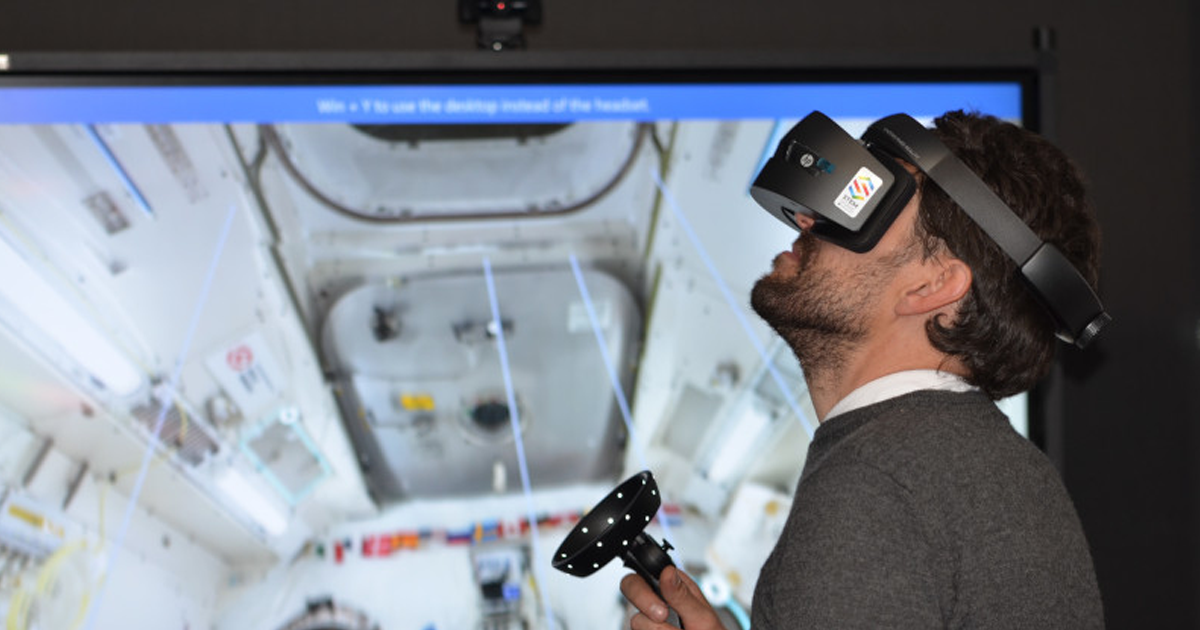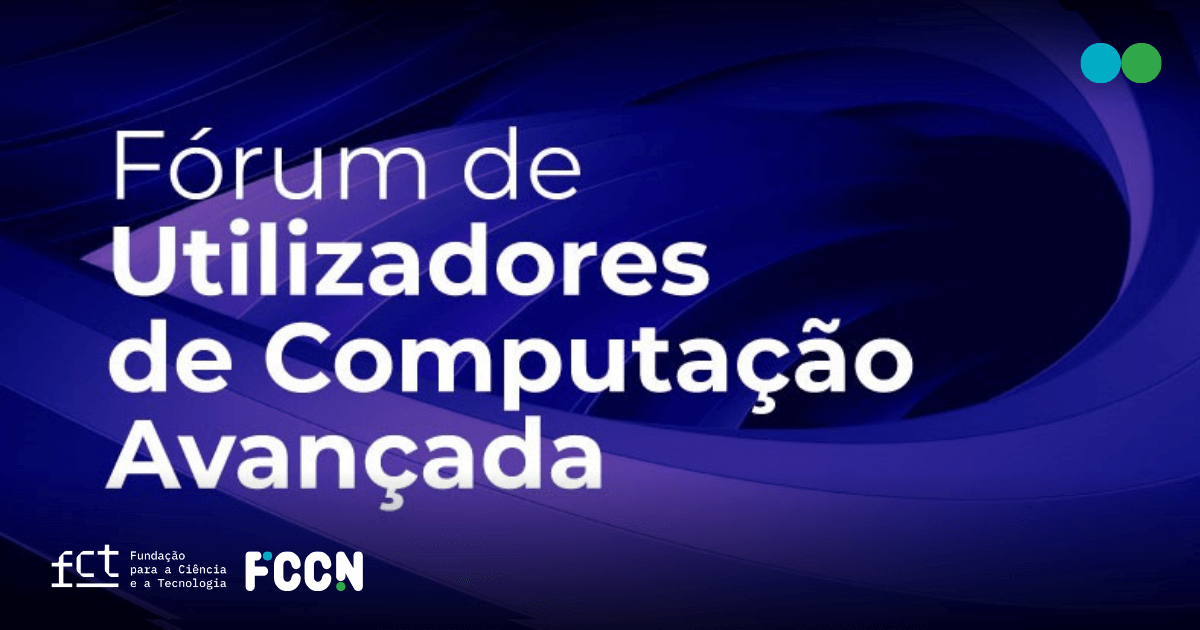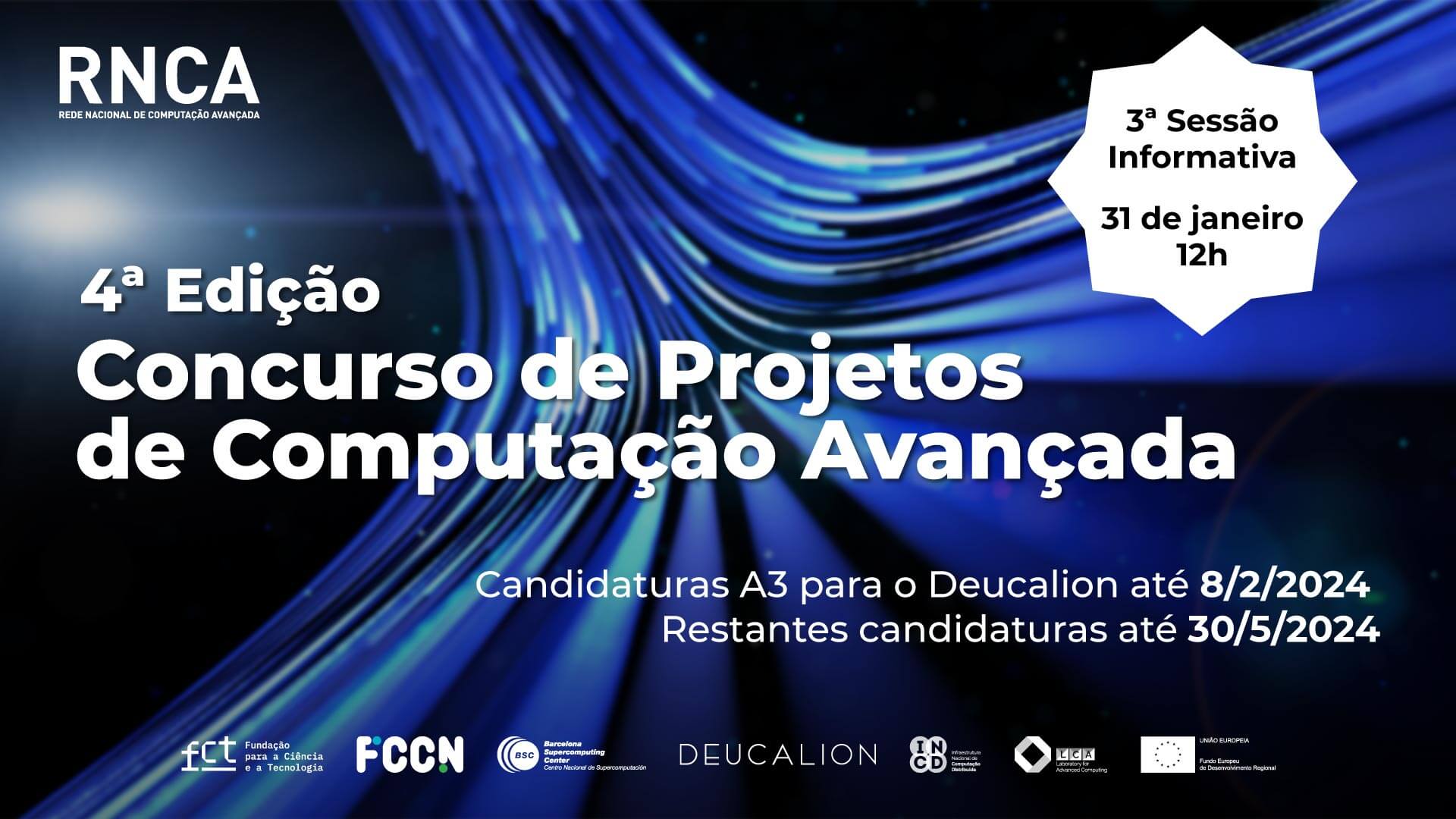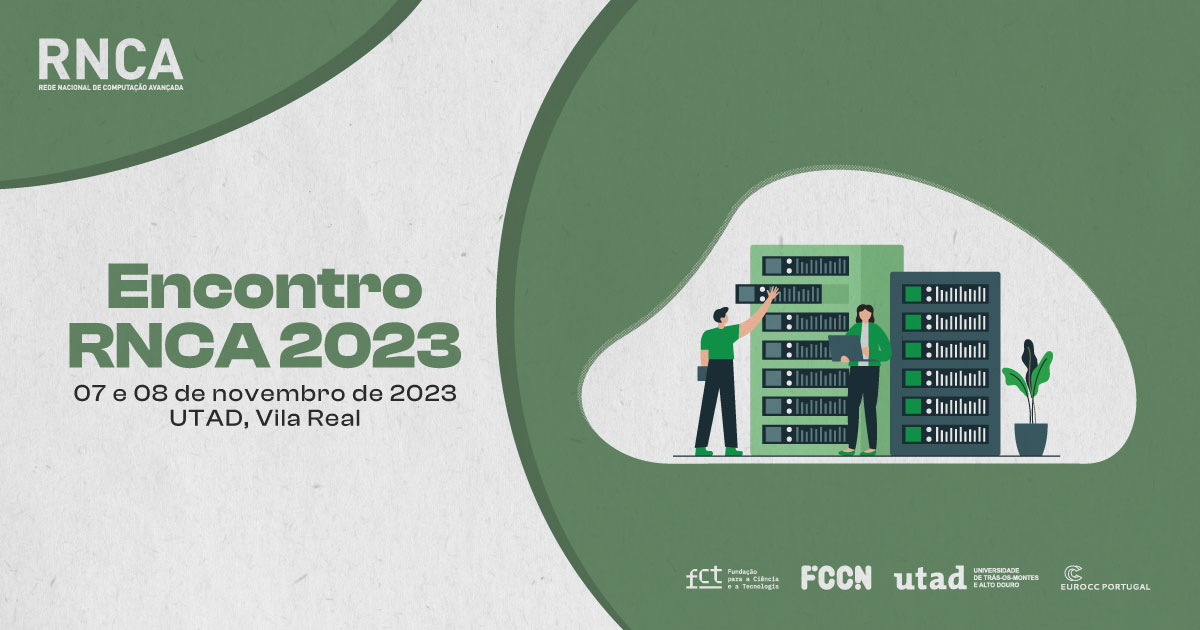Existem, atualmente, sete Centros de Visualização, cuja missão é reforçar o apoio aos utilizadores de Computação Avançada no acesso aos recursos de High Performance Computing (HPC), High Throughput Computing (HTC) e Cloud.
Os Centros de Visualização foram pensados para criar melhores condições para a investigação nas mais diversas áreas, através de software e hardware de última geração. Esta rede colaborativa entre os Centros de Visualização e os de Competências ambiciona, de igual forma, uma aproximação às indústrias e um reforço nas relações já existentes. Conheça alguns deles.
Centro de Visualização da Universidade de Lisboa, no Instituto Superior Técnico (IST)
“O Centro de Visualização constitui um recurso único não só para apresentação de novos produtos e soluções em todos os sectores da Ciência, Engenharia e Arquitectura, mas também como instrumento para trabalho colaborativo em Ciências e Engenharia Computacionais e em todas as áreas em que os dados e a sua exploração com ferramentas associadas à Computação Avançada sejam críticas”
– Luís Oliveira e Silva, professor catedrático do departamento de física, no IST
Os recursos
O Centro de Visualização está instalado numa sala dedicada com o seguinte equipamento: Videowall com 12 monitores em configuração 4×3 de 55″ (4.87m x 2.06m) de bezel fino, 12 NUC i7, 16GB ram, 512GB, Workstation gráfica; Dois monitores profissionais de UHD profissionais de 60″; Infraestrutura de videoconferência (Duas câmaras PTZ de alta resolução; Dois monitores de estúdio auto-amplificados; Microfone de mesa (boundary) e ainda infraestrutura de rede com conectividade à RCTS de 10Gbit/s e infraestrutura wireless.
O Centro de Visualização serve também de ponto de encontro/foco para a comunidade científica associada à High Performance Computing no IST potenciando assim o impacto da comunidade.
As áreas em que têm sido utilizados
O Centro de Visualização tem apoiado as ações de formação dos EuroCC MSc Fellows, do IST, que desenvolvem trabalho nas áreas da Eng. Informática, Computação Quântica, Eng Mecânica, Eng. Biomédica/Biológica, Física, Eng. Mecânica e Aeroespacial, e Eng. Electrotécnica e Computadores.
Para além deste apoio, tem sido utilizado para trabalho científico de equipas de investigação em Eng. Mecânica, Mecânica de Fluidos Computacional e Física.
Alguns resultados já obtidos
Além da componente de formação, os grupos de investigação que exploram o Centro de Visualização têm utilizado os recursos disponíveis para exploração de cenários relevantes para simulações de fluidos complexos e física de plasmas/fusão nuclear.
Os principais desafios que ainda enfrentam
O Centro de Visualização está na fase final de testes e de abertura progressiva à comunidade do IST e da ULisboa, prevendo-se o seu funcionanento em pleno a breve prazo (a infraestrutura técnica está terminada, faltando apenas questões de pormenor/acesso/suporte logístico). Prevemos que logo que toda a infraestrutura esteja devidamente testada e instalada se torne de uso intensivo no IST e na ULisboa.
Joel Guerreiro (Universidade do Algarve) e Thales Silva (Instituto Superior Técnico)
Centro de Visualização da Universidade do Algarve (UAlg)
“A inovação e a tecnologia descoberta com a capacidade de processamento e visualização, assim como a transferência de tecnologia para a comunidade são os principais contributos do centro.”
– Joel Guerreiro, professor catedrático e diretor dos serviços de informática da UAlg
Os recursos
Os serviços são: Visualização de Processamento, Visualização de Realidade Virtual, Processamento e Armazenamento.
O serviço de Visualização de Processamento tem ao dispor um monitor de 86″ com 4K de Resolução e um PC i9, 64Gb RAM com placa Gráfica discreta NVIDIA Geforce RTX 2080.
O Serviço de Realidade virtual utiliza o mesmo PC e os óculos de realidade virtual, para armazenamento temos uma NAS com 4TB de capacidade e para o processamento, conforme já referido, um servidor com 22 Cores de Processador, 512GB de RAM e uma placa gráfica NVIDIA Tesla M10 GPU.
As áreas em que têm sido utilizados
O centro da UAlg atuado em diferentes áreas, nomeadamente na sequenciação de DNA, redes constrangidas, Cloud processing de redes constrangidas e apoio às UC de Inteligência Artificial e Processamento Distribuído.
Alguns resultados já obtidos
Dois doutoramentos concluídos com sucesso usufruíram da tecnologia disponibilizada, da capacidade de processamento e de visualização do Centro de Visualização da UAlg.
Um primeiro doutoramento que implementou algoritmos de otimização de recursos de sensores registados em ambiente cloud (Se-aaS) e um segundo na otimização de recursos em redes de sensores federadas com recurso aos protocolos RELOAD/CoAP.
Os principais desafios que ainda enfrentam
Para já, a pouca capacidade de processamento interno para fazer face às necessidades solicitadas. O espaço de visualização ser apenas um monitor.












